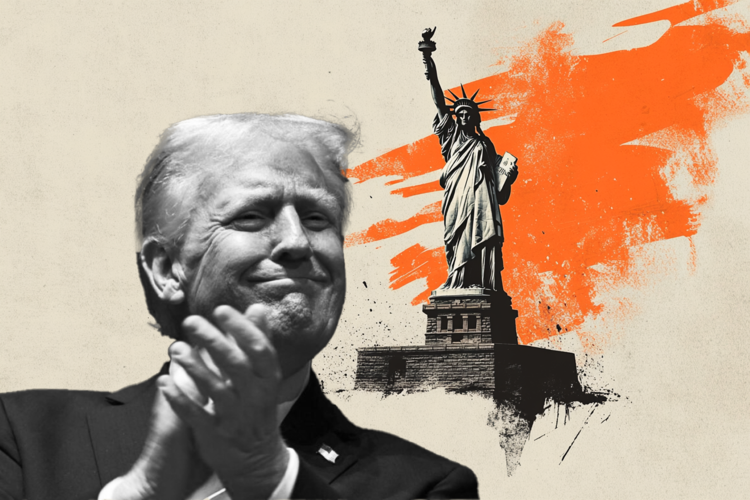- EUR/USD drops to 1.0370 in the Asian session on Thursday.
- The Fed cut its federal funds rate by 25 basis points, lowering the rate to a range of 4.25% to 4.50%.
- The ECB’s dovish comments weigh on the Euro.
The EUR/USD pair weakens to near 1.0370 during Asian trading hours on Thursday. The hawkish rate cut by the US Federal Reserve (Fed) boosts the US Dollar (USD) and drags the major pair lower. Later on Thursday, weekly US initial jobless claims, existing home sales and the final reading of annualized gross domestic product for the third quarter (Q3) will be released.
As widely expected, the Fed made a hawkish 25 basis points (bps) cut at its December meeting on Wednesday, bringing its benchmark interest rate to a range of 4.25%-4.50%, a two-year low. . The Summary of Economic Projections, or ‘dot-plot,’ showed just two rate cuts in 2025, down from four projected in September.
During the press conference, Fed Chair Jerome Powell made it clear that the Fed will be cautious about future cuts as inflation remains stubbornly above the central bank’s 2% target. The expectation of a slower pace of Fed rate cuts next year provides some support to the Dollar against the Euro (EUR).
Across the Atlantic, investors expect the European Central Bank (ECB) to cut interest rates at every meeting until June 2025, as policymakers worry about rising economic risks in the Eurozone. The expectation of aggressive rate cuts by the ECB could continue to weaken the common currency.
Euro FAQs
The Euro is the currency of the 19 countries of the European Union that belong to the eurozone. It is the second most traded currency in the world, behind the US dollar. In 2022, it accounted for 31% of all foreign exchange transactions, with an average daily turnover of more than $2.2 trillion per day. EUR/USD is the most traded currency pair in the world, accounting for an estimated 30% of all transactions, followed by EUR/JPY (4%), EUR/GBP (3%) and EUR/AUD (2 %).
The European Central Bank (ECB), headquartered in Frankfurt, Germany, is the reserve bank of the eurozone. The ECB sets interest rates and manages monetary policy. The ECB’s primary mandate is to maintain price stability, which means controlling inflation or stimulating growth. Its main tool is the increase or decrease in interest rates. Relatively high interest rates (or the expectation of higher rates) tend to benefit the euro and vice versa. The Governing Council of the ECB makes decisions on monetary policy at meetings held eight times a year. Decisions are made by the directors of the Eurozone’s national banks and six permanent members, including ECB President Christine Lagarde.
Eurozone inflation data, measured by the Harmonized Index of Consumer Prices (HICP), are an important econometric indicator for the euro. If inflation rises more than expected, especially if it exceeds the ECB’s 2% target, it forces the ECB to raise interest rates to bring it back under control. Relatively high interest rates compared to their counterparts tend to benefit the euro, making the region more attractive as a place for global investors to park their money.
The published data measures the health of the economy and may have an impact on the euro. Indicators such as GDP, manufacturing and services PMIs, employment and consumer confidence surveys can influence the direction of the single currency. A strong economy is good for the Euro. Not only does it attract more foreign investment, but it may encourage the ECB to raise interest rates, which will directly strengthen the euro. Otherwise, if economic data is weak, the Euro is likely to fall. Economic data for the four largest eurozone economies (Germany, France, Italy and Spain) are especially significant, as they represent 75% of the eurozone economy.
Another important data that is published about the Euro is the trade balance. This indicator measures the difference between what a country earns from its exports and what it spends on imports during a given period. If a country produces highly in-demand export products, its currency will gain value simply from the additional demand created by foreign buyers seeking to purchase those goods. Therefore, a positive net trade balance strengthens a currency and vice versa in the case of a negative balance.
Source: Fx Street
I am Joshua Winder, a senior-level journalist and editor at World Stock Market. I specialize in covering news related to the stock market and economic trends. With more than 8 years of experience in this field, I have become an expert in financial reporting.







